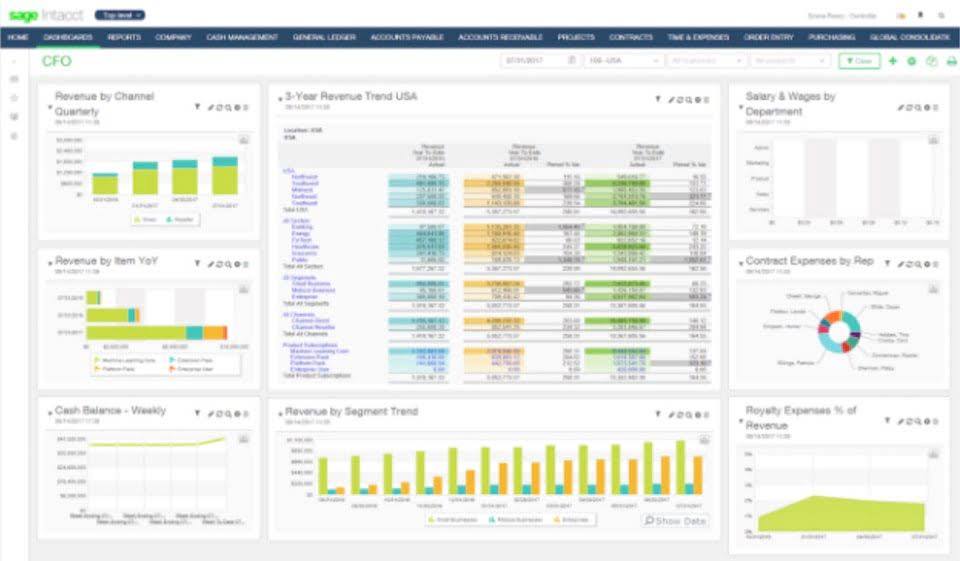Official Windows 7 ISO Download 64-bit & 32-bit Legally
15 noviembre, 2022Liberty Cap Mushrooms: Look-Alikes, Identification & More
13 octubre, 2023
The CFPB talks about the snowball and highest-interest-rate methods. But there are many more strategies for handling loan payments—such as consolidating debt—that you might explore, too. For renters, the CFPB recommends trying to keep your DTI ratio for all debts at 15%-20% or lower. And the CFPB says not to include your rent payment when calculating your DTI ratio for this purpose. Relative to your income before taxes, your debt is at a manageable level.
Compare current mortgage rates

If you’re a W-2 employee, this documentation will likely come from your W-2 form or your last several pay stubs. If you’re self-employed or have income from a side hustle, your lender will likely want to look at your business tax returns and 1099 forms. If you are a U.S. citizen or permanent U.S. resident alien residing in the United States and want to apply for a new loan, please do so upon your return to the States. Understanding your debt-to-income ratio is like turning on a flashlight in a dark room.

What is Credit Counseling, and is it Worth it?
If you have credit card debt, you can log onto each credit card to determine your minimum monthly payment. This amount will likely change as you pay down your credit card debt or make more purchases. However, you can still find your most recent minimum payment by looking at your last credit card statement.

Credit Cards
If you don’t have a specific home in mind, try out different values to see how it affects your DTI ratio. We’ve researched and ranked the top lenders for home purchases, refinances and more. Before applying for new credit, consider whether any of your current credit accounts may meet your needs. Lowering your debt can involve debt consolidation or looking at one of several debt management plans. The content on this page provides general consumer information. This information may include links or references to third-party resources or content.

But debt-to-income ratio can indicate how much risk the lender may be taking on when granting you a loan or line of credit. Monthly debt payments are any payments you make to pay back a creditor debt ratio formula or lender for money you borrowed. Both DTI and credit utilization are calculations used to assess a person’s creditworthiness and can provide some insight into their overall financial health. Whereas DTI measures cash flow, credit utilization, as its name implies, is solely concerned with credit usage–revolving credit card debt. If you have a high debt ratio, payday loans are often where you turn. The underwriting process for short-term installment loans is different.
- Many people find that turning a hobby into a part-time job is like hardly working at all.
- Although your credit score isn’t directly impacted by your debt-to-income ratio, lenders or credit issuers will likely request your income when you submit an application.
- Bankrate displays the lender’s interest rate, APR and estimated monthly payment to help you more easily find the best mortgage for your needs.
- While it’s possible to get a loan with a high DTI ratio, you might have fewer options and face higher interest rates.
- For example, a DTI of 25% means that 25% of your gross income goes toward paying your monthly debts.
- To figure out your DTI ratio, divide your monthly debt payments by your monthly gross income, then multiply by 100 to get a percentage.
- However, many lenders only allow you to count 75 percent of the monthly rent toward your income to allow a buffer for maintenance and vacancies.
- His work has been featured on several financial and media websites.
- With more than half your income before taxes going toward debt payments, you may not have much money left to save, spend, or handle unexpected expenses.
- And because your DTI ratio depends on your amount of debt versus your income, taking on more debt without growing your income will increase your DTI ratio.
- Lenders can use your DTI to gauge your ability to repay loans when you borrow and the lower your ratio is, the better for getting approved at low rates.
- For example, a mortgage lender will use your debt-to-income ratio to figure out the mortgage payment you can handle after all of your other monthly debts are paid.
- Divide the total of your minimum payments by your gross income and multiply that by 100 to get your DTI.
- Seasoned lenders know that a ratio above 40 percent means you’re treading on the slippery slope to fiscal collapse.
The debt-to-income ratio, or DTI, measures how much of your monthly income goes toward paying off debt. This percentage gives lenders an easy way to assess your financial stability and guides personal financial retained earnings planning, showing how much of your income is tied up in debt. Lenders rely on the debt-to-income (DTI) ratio to evaluate the risk of lending money to a borrower.

Income Optimization Tips to Lower Rates on High-Balance Loans
Raising your income can include finding a higher-paying job, taking a second (or third) job, or helping someone in your family land a new job. If paying off your debt is the goal, bringing in more money double declining balance depreciation method every month helps. While most home equity loan lenders require borrowers to have a DTI of 43% or lower to qualify, some lenders are more stringent, requiring as low as 36%. You may even qualify for a HELOC with a DTI as high as 50% or more if you have excellent credit or significant equity in your home.
